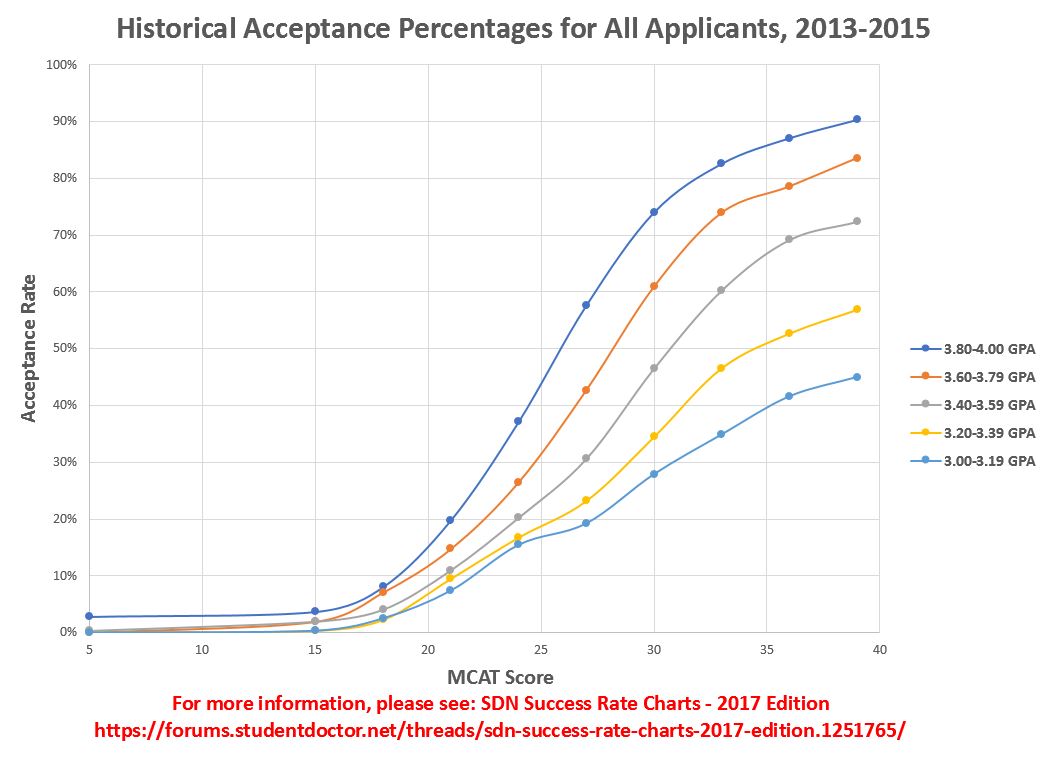- Joined
- Dec 27, 2016
- Messages
- 30
- Reaction score
- 46
- Points
- 2,621
- Pre-Medical
For a hypothetical situation, take a school that has a first year class of 150 matriculated students. If they interview 500 students, how many of them would you expect to be accepted?
Do they accept a significant amount over 150 students because they expect some students with multiple acceptances to go to other schools, or do they accept only slightly above 150 expecting nearly all students to take the acceptance? Just curious here. Thanks everyone.
Sent from my iPhone using SDN mobile
Do they accept a significant amount over 150 students because they expect some students with multiple acceptances to go to other schools, or do they accept only slightly above 150 expecting nearly all students to take the acceptance? Just curious here. Thanks everyone.
Sent from my iPhone using SDN mobile


